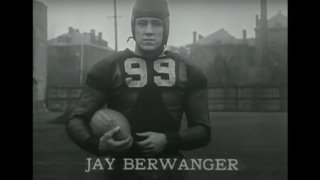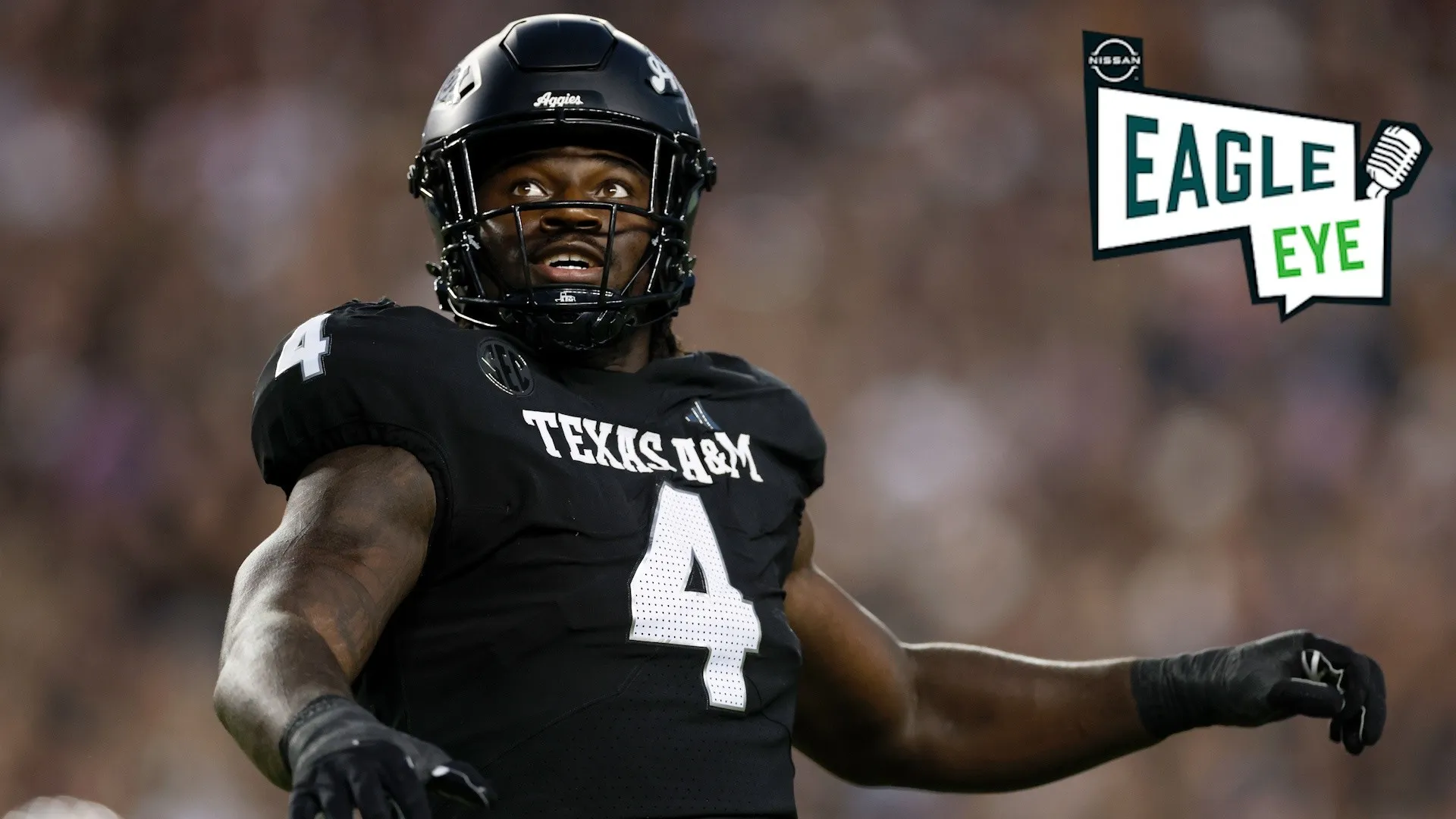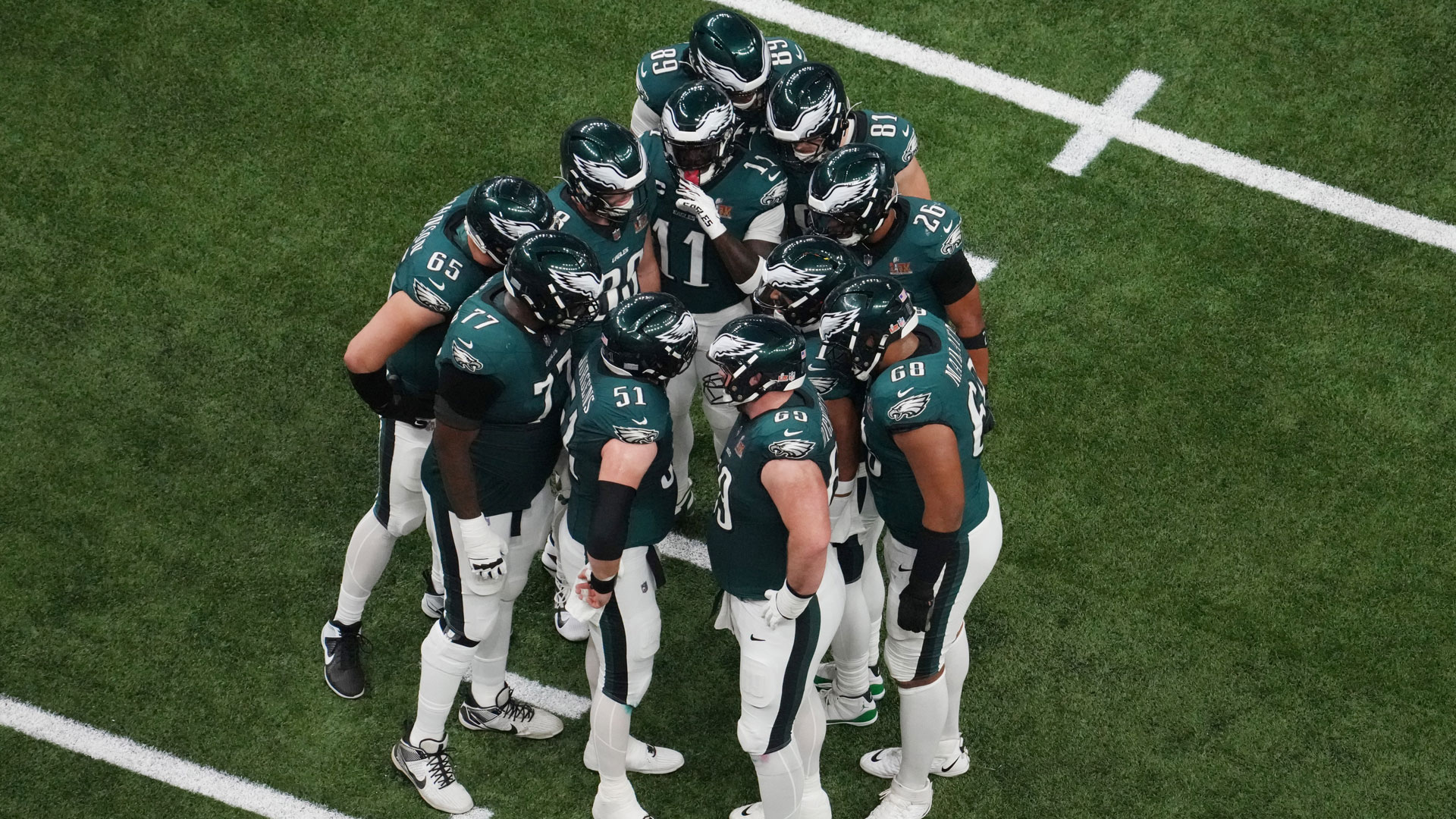
It wasn’t even called the draft yet.
It was February of 1936 when the NFL instituted a rule in which each team submitted the names of eight college players they wanted to sign, and league officials assigned the rights of those players in reverse order of a team’s record the previous year.
The new rule was designed to prevent the Giants, Bears and Packers – who had won seven of the last nine NFL titles – from continuing to horde the best college talent.
Some 84 years later, the NFL draft has evolved into one of the biggest spectacles in sports and a massive year-round industry.
Back then? Nobody even paid attention. The picks weren’t even announced by the league until the day after they were made.
In February of 1936, the league’s nine owners met at the Ritz-Carlton in Philadelphia, and that’s when Eagles owner Bert Bell made University of Chicago tailback Jay Berwanger the first pick in the NFL’s first draft.
Berwanger was quite a coup for the Eagles. In 1935, he had won the Downtown Athletic Club Trophy, re-named the Heisman Trophy a year later.
NFL
As a senior at the Chicago, he was a first-team All-America. During his three-year college career, he ran for over 1,800 yards out of the old single wing, averaged 18 yards on 146 pass completions, scored 22 touchdowns, intercepted four passes, punted, returned punts, kicked PATs, had a 78-yard kickoff return against Wisconsin, ran 85 yards for a touchdown against Ohio State … he was the best player in the country, and the Eagles drafed him.
Here’s how the Associated Press reported the news on Feb. 9, 1936:
First choice on Berwanger fell to the Philadelphia Eagles under the new league ruling adopted today, favoring last place teams in selection of incoming collegiate talent.
Only one thing.
Berwanger didn't want to play football.
I had studied business at Chicago because I not only wanted a course that would [keep] me from getting too absorbed in football but because after college I wanted to go into business,” Berwanger told the Chicago Tribune in 1961. “I told myself I’d have to start in business sometime and the sooner the better. So I went right in business.
Berwanger asked for a salary he knew the Eagles wouldn’t match: An outrageous $1,000 per game. Most players were making from $50 to $100 per game. The Eagles offered about $150 per game.
No way, Berwanger said.
Back then there were no agents or protracted negotiations.
After Berwanger made it clear to Bell that he wasn’t going to accept the Eagles’ offer, the Eagles simply got rid of him.
They traded his rights to the Bears for an offensive lineman that eventually was revealed to be Art Buss.
Things were different back then.
Imagine the media attention today if the Eagles were unable to sign their 1st-round pick and traded him away?
Two days after the Eagles unloaded Berwanger, the Inquirer had a two-paragraph story explaining the move.
After arriving in Chicago, Berwanger met with Bears owner George Halas and asked for a two-year, $25,000 no-cut contract, fully aware what the answer would be.
“Though he would probably be the best drawing card in the game this season, no one was willing to guarantee that much,” Giants owner John V. Mara told the Associated Press.
What about Buss? He spent the 1936 and 1937 seasons with the Eagles and then left professional football at 26 years old to accept a higher-paying job – as football, basketball and baseball coach at Manchester (Mich.) High School, near his hometown of Benton Harbor.
In 2002, some 66 years after Berwanger spurned the Eagles, history repeated itself in very different circumstances when the Eagles drafted Temple defensive lineman Raheem Brock in the seventh round but couldn’t sign him.
Brock signed with the Colts and had 40 1/2 sacks over the next 10 years.
But Berwanger never played a snap of football after his college career ended.
Soon after spurning offers from the Eagles and Bears, Berwanger accepted a job working as a salesman for a Chicago company that manufactured foam rubber. He served as a flight instructor in the Navy during World War II and then started up Jay Berwanger Inc., a plastic and rubber manufacturer based in Chicago suburb Downers Grove.
Berwanger also served for many years as a college football official and found himself back in the headlines in 1949 when his controversial touchdown call on Art Murakowski’s disputed TD gave Northwestern a 20-14 win over Cal in the Rose Bowl.
According to a story in the Chicago Tribune, when Berwanger sold his company in the 1990s, it was grossing $30 million per year.
Berwanger died in 2002. He was 88.
At least publicly, he never expressed any regret about his pro football career that never was.
In an interview with the Associated Press years in 1977, he said he only had one regret:
“My regret about those days has nothing to do with my not signing," he said. "My regret was that I didn’t buy a Bears season ticket then. These days you can hardly buy one for any amount of money.”
Subscribe and rate the Eagle Eye podcast:
Apple Podcasts / Google Play / Stitcher / Spotify / Art19
Click here to download the MyTeams App by NBC Sports! Receive comprehensive coverage of your teams and stream the Flyers, Sixers and Phillies games easily on your device.


